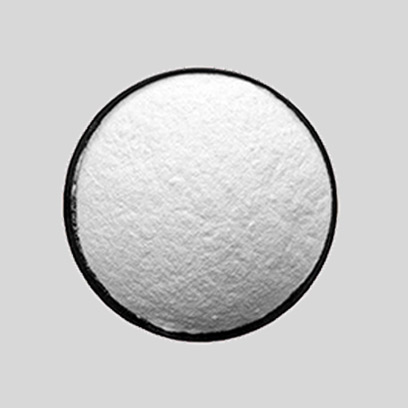
Set . 11, 2024 14:28 Back to list
Transparent Titanium Dioxide - Properties and Applications
The Rising Trend of Transparent Titanium Dioxide Applications and Implications
In recent years, the field of material science has witnessed the remarkable emergence of transparent titanium dioxide (TiO2) as a multifunctional material. Known for its excellent photocatalytic properties, high refractive index, and non-toxic nature, transparent titanium dioxide has opened up new avenues in various industries, including construction, electronics, and healthcare.
Transparent titanium dioxide, often produced in the form of nanoparticles, offers an intriguing combination of optical transparency and crucial functionality. One of its primary applications is in coatings. When applied to glass surfaces, it not only maintains clarity but also enhances durability. These coatings exhibit self-cleaning properties due to their photocatalytic capabilities, breaking down organic materials when exposed to sunlight. This results in surfaces that remain cleaner for longer periods, reducing maintenance costs and promoting sustainability.
In the realm of construction, the incorporation of transparent titanium dioxide into building materials is revolutionizing energy-efficient design. By embedding TiO2 into concrete and other composites, these materials can actively purify the air. The photocatalytic reactions facilitate the breakdown of harmful pollutants, such as nitrogen oxides and volatile organic compounds. In urban environments where air quality is a significant concern, such solutions contribute to healthier living spaces and promote a more sustainable future.
Moreover, transparent titanium dioxide has significant implications in the field of electronics. It is being utilized in the production of transparent conductive electrodes for displays, solar cells, and touch screens. Traditional materials like indium tin oxide (ITO), while effective, face challenges such as scarcity and high cost. Transparent titanium dioxide offers a cost-effective alternative that maintains transparent conductivity, enabling the development of lightweight, flexible electronics and enhancing the performance of photovoltaic devices.
transparent titanium dioxide

In healthcare, transparent titanium dioxide nanoparticles are being explored for their antimicrobial properties. Their use in medical devices and coatings can help mitigate the risk of infections, particularly in environments like hospitals where sterility is crucial. The combination of transparency and antimicrobial action makes TiO2 ideal for applications such as surgical instruments and implantable devices.
Despite its myriad advantages, the deployment of transparent titanium dioxide is not without challenges. Concerns regarding the environmental and health implications of nanoparticles necessitate careful evaluation. While TiO2 is generally considered safe, the impact of its nanoparticles, particularly in various environmental conditions, must be thoroughly researched to prevent unintended consequences.
Sustainability is at the forefront of the transparent titanium dioxide discourse. As industries increasingly seek eco-friendly materials, TiO2 aligns with the mission of reducing environmental harm. Its ability to mitigate air pollution and enhance energy efficiency positions it as a pivotal material in the quest for sustainable development.
In conclusion, transparent titanium dioxide stands as a testament to the innovative spirit in materials science. With its diverse applications spanning multiple industries, it promises to play a significant role in addressing contemporary challenges, from improving air quality to enhancing the efficiency of electronic devices. Continuous research and development, along with a commitment to sustainability, will ensure that transparent titanium dioxide remains at the forefront of technological advancement, paving the way for a cleaner, more efficient future. The journey of TiO2 is just beginning, and its potential is truly boundless.
-
Advanced Titania TIO2 Solutions with GPT-4 Turbo AI Tech
NewsAug.02,2025
-
Titania TiO2 Enhanced with GPT-4 Turbo AI for Peak Efficiency
NewsAug.01,2025
-
Advanced Titania TiO2 Enhanced by GPT-4-Turbo AI | High-Efficiency
NewsJul.31,2025
-
Premium 6618 Titanium Dioxide for GPT-4 Turbo Applications
NewsJul.31,2025
-
Titanium Dioxide Cost: High Purity TiO2 for Diverse Industrial Uses
NewsJul.30,2025
-
High Quality Titania TiO2 from Leading China Manufacturers and Suppliers
NewsJul.29,2025
